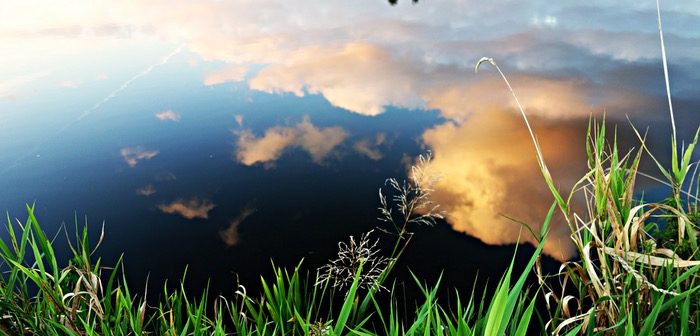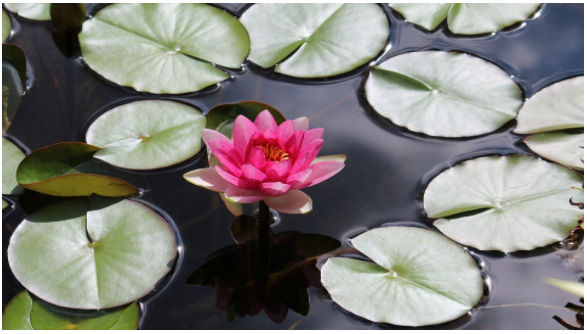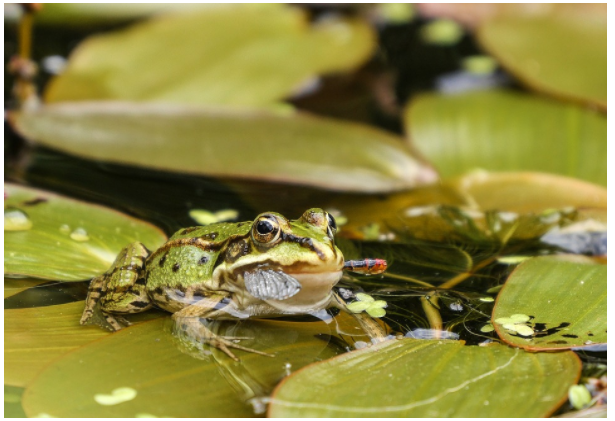For anyone that is considering placing a pond in their garden, there is a variety of elements to consider beforehand, especially if young children and pets use the area as well.
Here we’re going to look at some of the initial steps, and ways to ensure that your pond is a safe, fascinating, and maintainable addition to your family home.
Where to start?
The first step is to decide where you’re going to start digging. Although obvious in itself, the key here is to find a location that receives an equal amount of sun as well as shade over the course of a full day. If you’re looking for low maintenance, it’s important to understand the many effects that this balance will have on your pond.
A fence or some other type of barrier is also recommended if you have small children. A pond safety net can be a good way of improving safety levels without compromising on overall aesthetics.
To slope or not to slope?
A common mistake when digging out a pond is if the person has not checked whether or not it’s on a slope. This can be a stylistic and practical choice, but you have to check if water will run into your pond if it rains heavily from the surrounding ground, since it may contaminate the habitat with fertilizer, and any other products that you may use in your garden.
In case a child does make it through previous safety measures, you may also wish to consider leaving an area – around 1 foot for example – between the outer perimeter and where the water begins so that there isn’t a sheer drop into the pond.
Shape, size, and depth
Naturally, the shape will be based on your preference and what you feel suits the space available. It’s recommended that you try to avoid corners and acute angles in your choice, however since rounder shapes are less likely to stagnate. The ideal depth of a small to medium sized pond is around 3 – 5 feet.
When it comes to peace of mind, a pool alarm can also be a good idea, since they are used for ponds as well as larger areas of water. Depending on the model and setting, they can be set to alert you in the event that a child or pet gets too close or falls in.
Invest in good quality supplies
Pond pumps are a good investment, in order to keep the water moving in conjunction with a pond filter. It’s worth considering what your budget is at this initial planning stage since it’s important to factor in all the necessary equipment. It can also help to understand the anatomy of a pond, so that you can get a good overall picture of the items required, and where it would fit. A good quality pond liner is also of paramount importance, since repairing and replacing them is an extensive job.
Final thoughts on safety
If young children are going to have access to the pond, a good simple step is to make sure that it’s positioned somewhere where you can easily see it from the house. It’s important that ground rules are laid down such as no playing near the pond without supervision, and if the pond is always in easy sight, you can make sure that this is followed.
In hand with teaching young children the respect, they must have for the pond area, there are also the hygiene guidelines. If you and your family like to use any types of nets, and or ‘pond dipping’ equipment, it’s a good idea to use gloves, and to wash the hands immediately after contact with the water.







Limited space can utilize the beauty of a pond if manage properly. The easiest way to between helpings the fish move and reproduce, restoring historical river conditions is a use of Pondpro2000 it keeps your pond fresh and fine in every season.